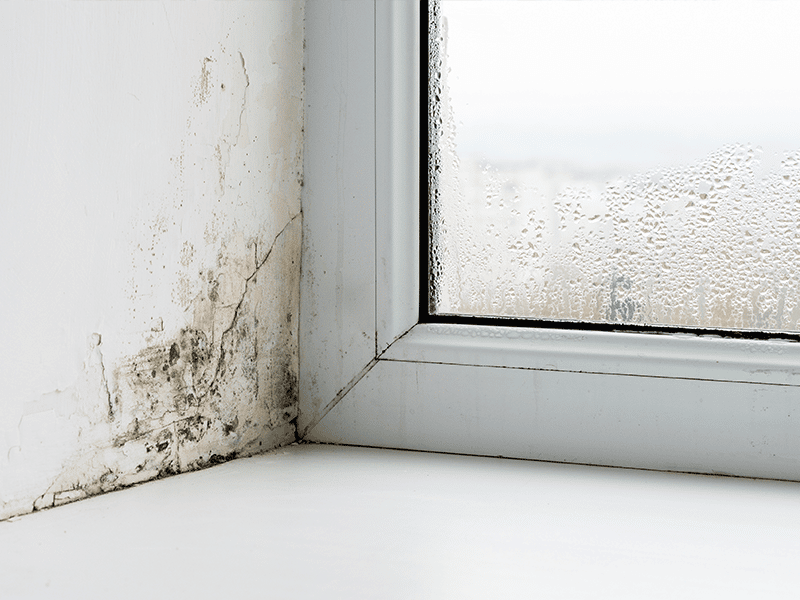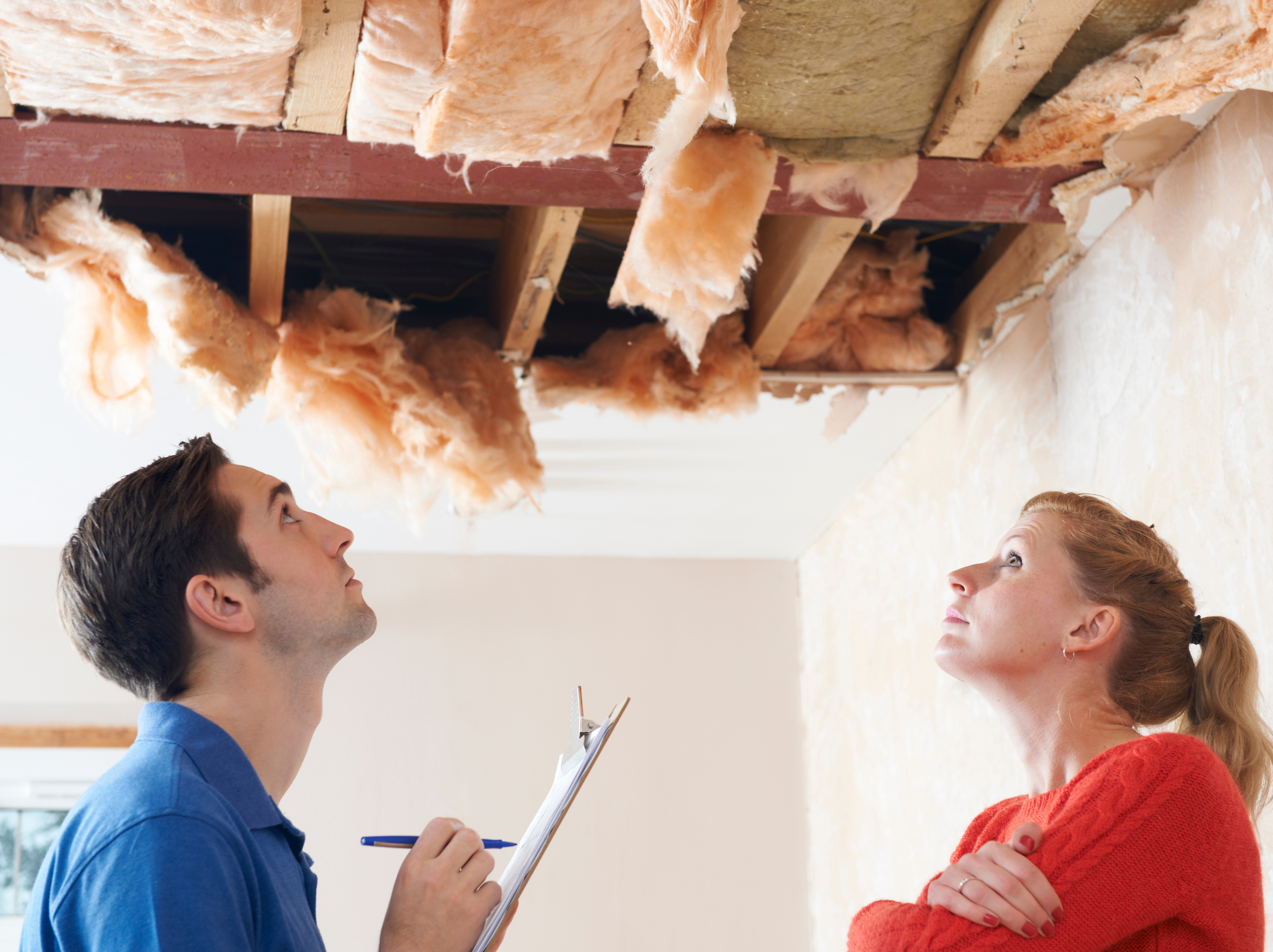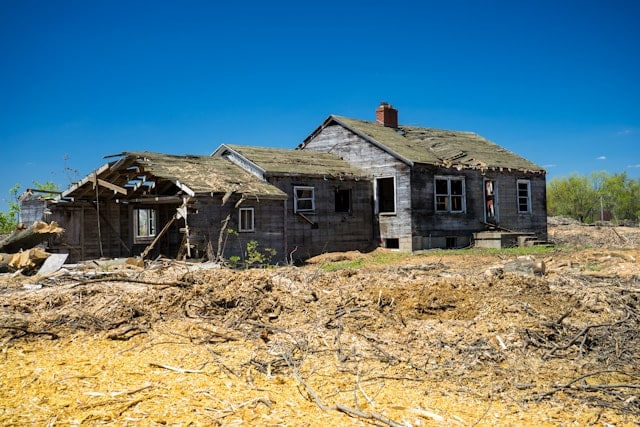Mold is a common occurrence in homes. Damp spaces allow for propagation, and as mold spores spread throughout your home, they can lead to a variety of allergies and other ailments.
While there is a lot of hype surrounding the toxicity of black mold, it is really no more dangerous than any other mold varieties. It can, however, still damage your home and negatively impact your health, so remediation and prevention are imperative.
Let’s take a look at black mold, how to prevent it from growing in your home, and the best mold remediation service to contact in the event of a black mold infestation.
What is Black Mold?
Stachybotrys chartarum — otherwise known as black or toxic mold — is a common type of black or greenish slimy mold that proliferates particularly well on damp or wet cellulose surfaces.
What Causes Black Mold?
Areas in your home that have been exposed to leaks, humidity, or moisture of any kind are especially prone to mold growth. If there is an adequate, damp organic food source and humidity exceeding 70 percent, black mold colonies are likely to form.
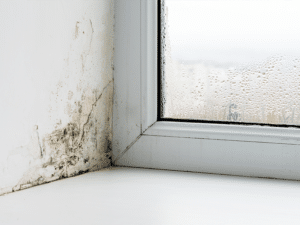
Is Black Mold More Harmful than Other Molds?
The common misconception is that S. chartarum is more toxic than other molds due to its potential to produce mycotoxins. While mycotoxins are dangerous if ingested — which is not a likely scenario — the negative health effects related to spore inhalation are no more severe than other types of mold.
Symptoms linked to toxic mold syndrome or mold poisoning include: 
- Headaches and body aches
- Fatigue
- Memory loss
- Mood swings
There is, however, no clear, definitive medical evidence that these symptoms are a direct result of black mold inhalation and may be related to individual allergy predispositions.
The bottomline is that black mold exposure affects everyone differently. People prone to allergies and the immunocompromised will likely experience some sort of negative health effects while others show little to no symptoms from black mold exposure.
How to Get Rid of Black Mold in Your Home
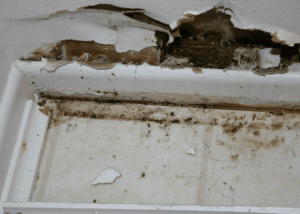
If you discover black mold in your home, there are several steps you need to take to get rid of it as soon as possible:
- Dry the wet or damp area where the mold is growing.
- Isolate the area of infestation.
- Make sure you are wearing protective gear (e.g., a mask and gloves).
- Clean the area with the appropriate mold-killing chemicals.
- Carefully discard all cleaning materials and protective gear.
If you are not comfortable getting rid of the mold yourself, contact a mold remediation service to effectively eradicate your mold issue.
How to Prevent Black Mold Growth In Your Home
To prevent black mold from growing in your home, follow these simple steps:
- Identify and repair any leaks in your home.
- Control humidity levels in your home.
- Make sure your home is well-ventilated.
- Keep surfaces and indoor items dry.
Following these basic preventative measures can stop mold growth before it starts.
Contact a Professional Mold Remediation Services
Though black mold is really no more dangerous than other common household molds, it can still be harmful to your health and should be removed immediately. Contact the professionals at 24 Hour Flood Pros to quickly and effectively mitigate your mold infestation!

